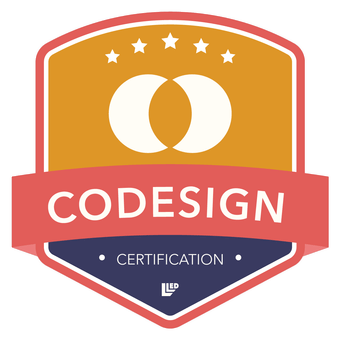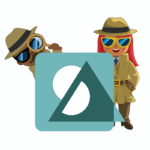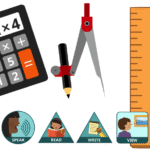
Speak Agent has earned the 2025 Co-Design Product Certification for its work with Kansas City Public Schools (KCPS) to engage students in product design.
The Codesign Product Certification is awarded by nonprofit Leanlab Education. Its purpose is to assess a provider’s ongoing commitment to the values of codesign. Companies must submit evidence in order to assess how their product was, is, and will continue to be designed—not only for, but with—the communities and people their product impacts.
Why Is Co-Design Important?
Too often products are developed without input from the people who use them. This is particularly true for K-12 products. It’s not that providers don’t care, but it is challenging to engage with students due to privacy concerns, the need for parental permission, and the need for coordinating with busy classroom teachers who must mediate the interactions. There is also the problem of bias that the makers of edtech solutions inherently bring, despite their best intentions.
This is why formal co-design recent is so vital. By partnering with independent researchers, we can remove the bias, meet ethical standards of conduct, ensure student privacy and confidentiality, and provide appropriate incentives for teachers to participate.
What’s Unique About Speak Agent’s Approach?
In our work in 2024 with KCPS, we did not present a finished product and ask for feedback. We did not even present a design concept. We actually started with a problem and brainstormed with students and teachers how to solve it. All of the students were multilingual learners—levels 1, 2, 3, and 4—and working with researchers at Leanlab, we were able to find ways to effectively engage even the level 1-2 learners.
What Was the Problem and Solution?
The learning problem was that, in math and science, visual representations are a critical component. But nearly every tool approaches visuals as a receptive language activity: using visuals to interpret meaning. We saw, based on learning sciences research, a huge gap in the tools needed to create visuals and express meaning. WIDA calls this communicate mode “representation”—creating visuals to convey meaning. So we started by brainstorming with students what kinds of things they’d want to do to “speak using pictures.” What we ended up with was a new tool calledDrawing Board. The tool allows students to start with a background image, diagram, chart, graph, or even a blank slate, and then draw, annotate, highlight, and do other things on top of it. It comes with hints, a bank of visuals, voice recording capabilities, translation, and many other features ideated by multilingual learners.
Drawing Board is now an activity that is part of the Speak Agent platform and we’re very proud of how that came about. We are constantly looking for more ways to ethically engage with students as designers. In fact, we are making more platform changes this spring that will be a continuation of this approach.
Happy learning!





